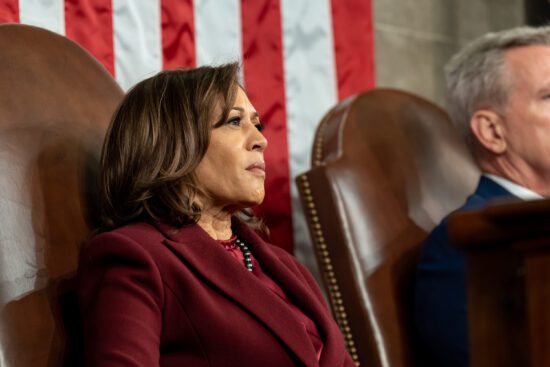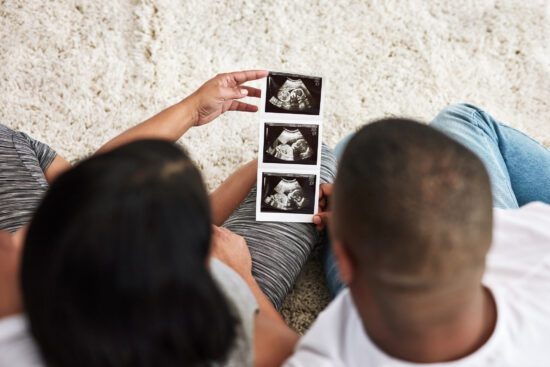The months of October and November are the time when most of the SBC state conventions hold their annual meetings. Here is what you should know about these state-level groups that assist local Southern Baptist Convention churches in fulfilling the Great Commission.
What are SBC state conventions?
State conventions are voluntary networks of local SBC churches within a particular state or geographic region. The state convention is distinct from both the local Southern Baptist associations within the various states and from the national SBC and its entities (such as IMB or ERLC).
As with local SBC churches, SBC state conventions are autonomous organizations. Any work they may choose to do together is based solely on having a cooperative relationship and working voluntarily together in a particular ministry or project. Churches cooperate with their state convention by giving to the Cooperative Program (CP) and by participating in the leadership and ministries of the state convention.
How many state conventions are there?
There are currently 41 state conventions throughout the United States (though not all refer to themselves as a “convention”). Eight conventions are composed of more than one state (North Dakota and South Dakota, Kansas and Nebraska, Maryland and Delaware, Minnesota and Wisconsin, Pennsylvania and South Jersey, Utah and Idaho, Northwest, which includes Washington, Oregon, and part of Idaho, and New England, which includes Connecticut, Maine, Massachusetts, New Hampshire, Rhode Island and Vermont). Two states—Texas and Virginia—have two state conventions. Puerto Rico is the only U.S. territory to have a state convention.
Are all local SBC churches a part of a state convention?
More than 99% of churches that cooperate with the SBC also maintain a cooperative relationship with a state or regional Baptist convention. Due to the long-established practice of cooperation with state Baptist conventions and local associations, the SBC encourages such multi-level cooperation (local, state, and national) and does not encourage churches to practice national-only cooperation.
Each local church is autonomous, though, and can choose to not be a part of a state convention.
How are state conventions funded?
The primary means by which cooperating churches fund SBC missions and ministry entities is through a plan of giving called the Cooperative Program (CP). The “cooperative” of CP refers to the interdependent relationships between the local church, the state Baptist convention, and the SBC.
Individuals provide tithes and offerings to their local church, and the participating churches forward a portion of their undesignated funds to their state convention. During the annual meeting of each state convention, messengers from local churches across the state decide what percentage of Cooperative Program gifts contributed by local congregations stays within the state to support local missions and ministries, and what percentage is to be forwarded to the Southern Baptist Convention for North American and international missions.
At the Southern Baptist Convention Annual Meeting, messengers from across the country decide how the gifts received from the states will be distributed among SBC entities.
How much funding do the state conventions pass along to the SBC?
Each state determines for themselves how much of the giving by local churches will be used for in-state ministries and how much will be forwarded to the SBC. Some states, such as Alabama and Florida, forward about half of the CP funds they collect to the SBC. Currently, Iowa (55.7%) and Texas (55.2%) are the state conventions that forward the highest percentage to the SBC.
From 1930 to 2020, Southern Baptists have given $19,998,788,139 to the CP, with 37.67% of that total staying with the states and 62.33% being forwarded to the SBC. Since 2016, the average percentage given to the SBC has been above 41%.
Do state conventions hold annual meetings and pass resolutions?
Each state holds its own annual meeting. As the South Carolina Baptist Convention says, “The Annual Meeting is a great place to build relationships, be encouraged, and learn from others around the state. It’s also where we elect officers and committees, pass the annual budget, and make plans for the coming year.”
Another activity that occurs at state conventions is the passage of resolutions. Within the SBC, resolutions have traditionally been defined as an expression of opinion or concern, as compared to a motion, which calls for action. A resolution is not used to direct an entity of the denomination to specific action other than to communicate the opinion or concern expressed. Each year, resolutions are passed during the annual meetings of the state conventions just as they are at the national annual meeting.
How do state conventions differ from associations?
Associations are voluntary networks of local SBC churches that join together for a particular mission. For example, the Heart of Texas Baptist Network is a group of 60 churches in central Texas. The network joins together for such functions as maintaining a missionary-in-residence house that is available to vocational missionaries who are returning to the U.S. for furlough and partnering with the Southern Wisconsin Baptist Association to support church plants in Wisconsin.
The conventions serve many of the same functions as associations, but on a larger geographic level. In some states, the associations voluntarily align themselves with state conventions, representing the state convention at the local level.
How are state conventions involved in disaster relief?
The beginning of Southern Baptists involvement in disaster relief is traced back to 1968, when a group of Texas Baptists assisted victims of Hurricane Beulah in 1968. At that time the Brotherhood Commission, along with state Baptist Brotherhood leadership, took the lead in organizing Southern Baptists to respond to disasters by creating the coordinating agency for Southern Baptist Disaster Relief (SBDR) and hiring the first national disaster relief director.
The turning point for SBDR came in 1989 when Southern Baptists responded to Hurricane Hugo. Since that time, Southern Baptists have grown to become the third largest disaster relief organization in the country, behind only the Red Cross and the Salvation Army. Southern Baptist Disaster Relief efforts are divided among the state conventions and have nearly 70,000 trained volunteers.






